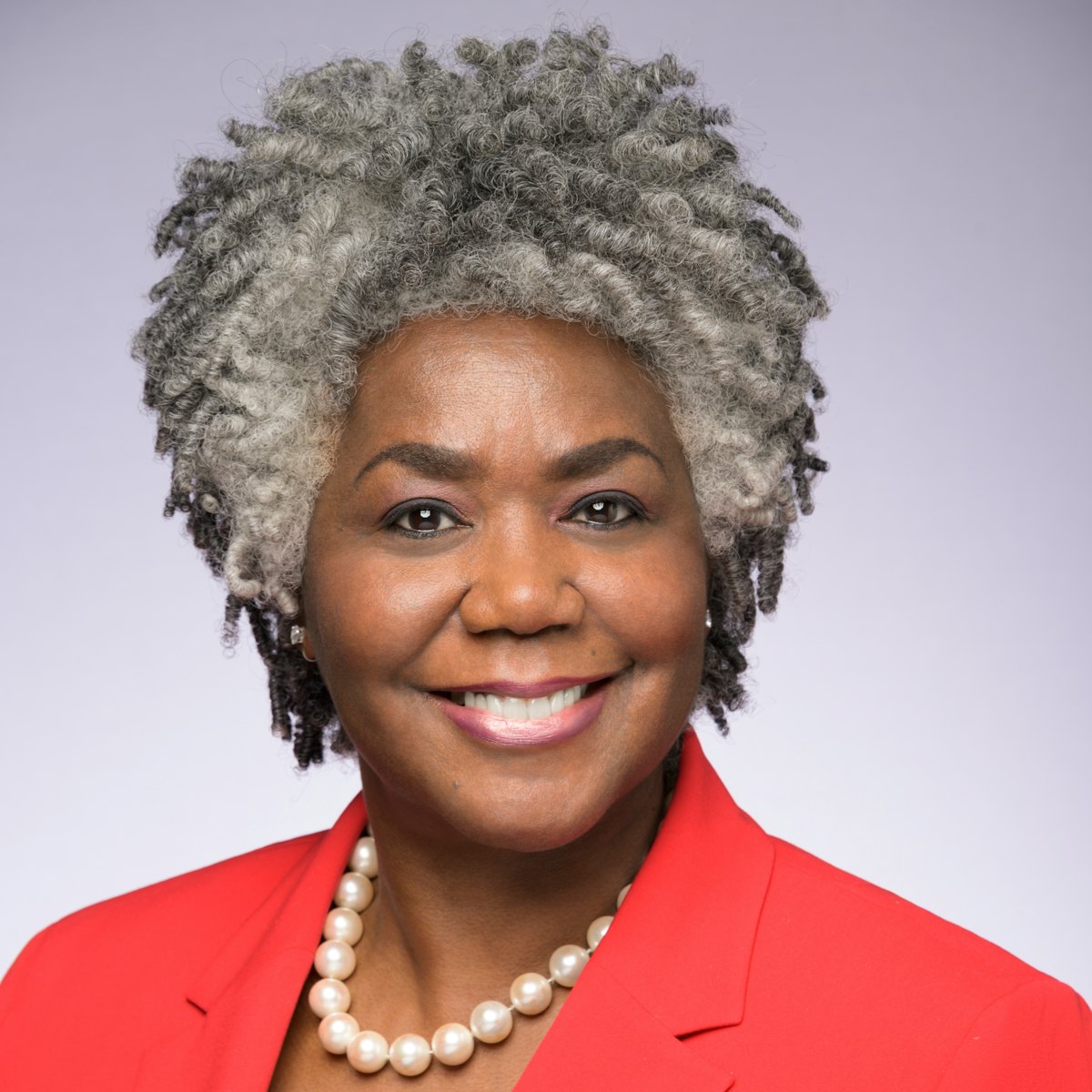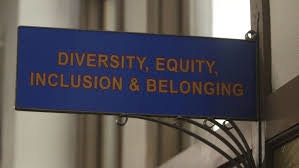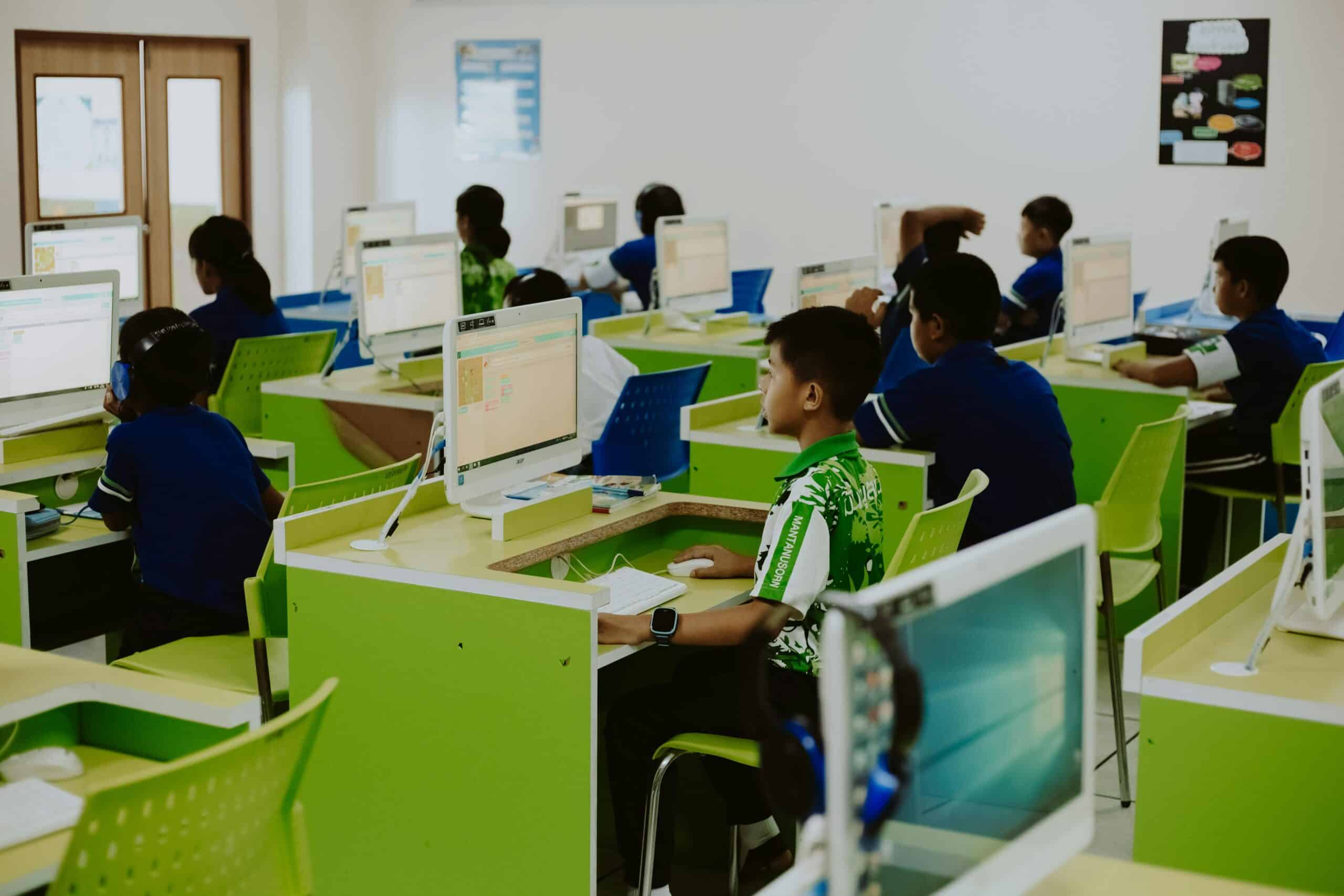Last school year was one of the most turbulent times for higher education in recent memory. As the fall semester begins, it seems that college protests over the ongoing Israeli-Palestinian conflict are not slowing down. With three-fifths of U.S. colleges having protests last school year and encampments on over 130 campuses across the country, it’s more likely than not that you have or will experience this at your school. University administrators have been reacting in various ways to student activism, from canceling graduations to involving the police to arresting or dismissing students from school, and many schools have begun this school year with all-out encampment bans.  Dr. Annelle B. Primm
Dr. Annelle B. Primm
On the other side of the protests, there was also an increase in antisemitic rhetoric on campus, which continues to this day. And all of this is happening to a group of students who’ve been through quite a lot already. Many of you have been juggling the impact of the pandemic and skyrocketing costs of living and higher education – while coming of age during the George Floyd protests and the overturn of Affirmative Action by the Supreme Court.
Whether you joined an encampment, protested, or just wanted to keep your head down, many students across the board felt unsafe, unseen, and unprotected at their schools last year. The divisive rhetoric and broken trust between students and administrators continue into this year, adding to a mental health crisis that’s already been affecting young people at higher rates in recent years.
So, what can you do about it? Start by taking care of yourself. At The Steve Fund, we’ve spent years understanding the impact of mental health stressors on young people of color and researching the best ways to deal with them. Students—especially students of color—are deeply impacted by today’s tumultuous news cycle. Recovering from last school year and beginning this school year means acknowledging campus protests’ impact on you and your peers.
One way to start is by creating spaces where you and your fellow students can openly discuss your experiences. Think about mental health summits, wellness circles, or even regular meet-ups where people feel safe sharing. Make mental health a natural part of the conversation. Learn to recognize the signs of burnout in yourself and others—depression, withdrawal, cynicism, fatigue, anger, frustration—and address them head-on. Additionally, don’t forget to take stock of your social capital and support in your life and at your disposal: friends, family, mentors, and personal and professional networks.
However, it shouldn’t be up to students alone to provide mental health resources for their peers. As you continue to advocate and fight for change, ensure you are also a voice for your campus community’s mental health needs. Yes, most campuses have counseling centers, but are they accessible, adequately resourced, and inclusive?
We recognize BIPOC students face more barriers to receiving mental health services and are less likely to seek help, which makes culturally responsive approaches to student mental health vitally important. Our research shows that students of color are experiencing higher rates of depression and anxiety and are 14% less likely than white youth to receive depression treatment. Students facing mental health challenges are twice as likely to drop out of school. Engage with your school’s administration to ensure that mental health resources meet the needs of all students.
You can also make a difference by understanding what mental health training and support are available for the faculty and staff on your campus. Your school should have people in positions of authority who are equipped to recognize and respond to signs of mental distress and can create a more supportive and affirming campus environment. The Steve Fund’s Equity in Mental Health Framework could be a valuable resource here.
Because knowledge is power, spread the word. Your generation is adept at building community through social media, so lean on these platforms to get information about your campus’s mental health resources. You can also inform your peers of the national crisis hotline (988) and other clubs and organizations that could help students through difficult times.
The fallout from last year’s protests shows the urgent need for solid support networks on college campuses. Now that the new school year has begun, it’s time to focus on repairing campus relationships by ensuring everyone has the mental health resources they need to heal. A solid support system isn’t just for the activists—everyone on campus can benefit.
We can build better campus communities by prioritizing self-care, advocating for inclusive mental health services, and fostering a culture of openness and support. Let’s turn the page and start creating the supportive, resilient environments we all need.
Dr. Annelle B. Primm is the Senior Medical Director for the Steve Fund, a leading organization in mental health advocacy for young people of color.
#Navigating #Campus #Protests #Tips #Care #Mental #Health #Building #Support #Networks










